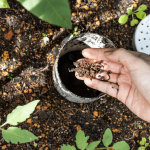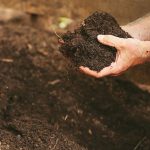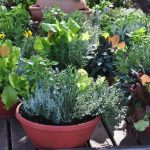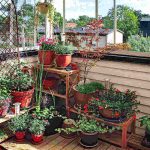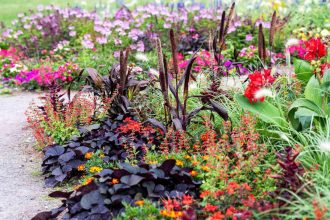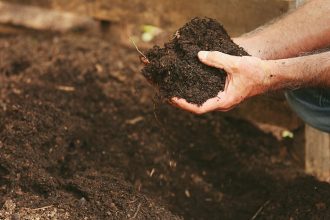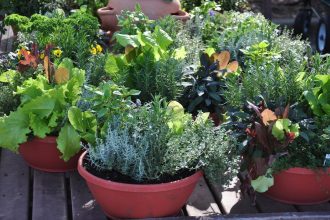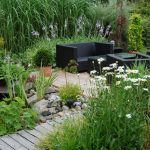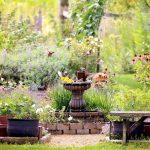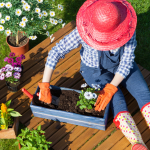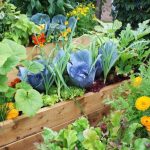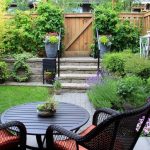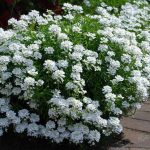Are you looking to elevate your gardening game? Raised beds could be the answer! By building raised beds for your vegetable garden, you can create a more organized, efficient, and productive growing space. In this article, we will guide you through the steps to build your very own raised beds, making your garden dreams a reality. Whether you’re a seasoned gardener or a green thumb beginner, these raised beds will take your vegetable garden to new heights. Let’s dig in and get started on this exciting project!

Choosing the Right Location for Your Raised Beds
When it comes to building raised beds for your vegetable garden, one of the most important decisions you’ll have to make is choosing the right location for them. The location of your raised beds can have a big impact on the success of your garden, so it’s important to consider a few key factors before getting started.
First and foremost, you’ll want to choose a location that receives plenty of sunlight. Most vegetables need at least 6-8 hours of direct sunlight each day to thrive, so be sure to pick a spot in your yard that gets plenty of sun. You’ll also want to make sure that the location is easily accessible. This will make it easier for you to tend to your garden, water your plants, and harvest your crops.
In addition to sunlight and accessibility, you’ll also want to consider the drainage of the area. Raised beds can help improve drainage, but it’s still important to choose a location that doesn’t get waterlogged. Ideally, you’ll want to pick a spot that is slightly elevated and well-drained. This will help prevent your plants from sitting in waterlogged soil, which can lead to root rot and other issues.
Selecting the Best Materials for Construction
When building raised beds for your vegetable garden, choosing the right materials is essential for durability and aesthetics. Here are some pointers to help you select the best materials for your project:
- Cedar Wood: Cedar is a popular choice for raised beds as it is naturally resistant to rot and insects.
- Composite Wood: Composite wood is a low-maintenance option that is durable and long-lasting.
- Stone: Stone is a sturdy and timeless choice for raised beds, adding a rustic charm to your garden.
- Recycled Plastic: Eco-friendly and durable, recycled plastic is a sustainable option for raised beds.
Consider the style of your garden and your budget when selecting materials for your raised beds. Each material has its own advantages and drawbacks, so choose wisely to create a bed that will last for years to come.
Building and Filling Your Raised Beds
When it comes to for your vegetable garden, there are a few key steps to follow to ensure your plants thrive. Start by choosing a location that receives plenty of sunlight and has good drainage. Once you’ve selected the perfect spot, it’s time to build your raised beds.
Use untreated lumber or composite boards to construct the sides of your raised beds. The size of your raised beds will depend on the space you have available and the types of vegetables you plan to grow. Once you’ve assembled the sides, secure them in place with corner brackets or screws.
Next, fill your raised beds with a mixture of topsoil, compost, and organic matter. This will provide your plants with the nutrients they need to grow strong and healthy. Consider adding a layer of mulch on top to help retain moisture and keep weeds at bay. With your raised beds built and filled, you’re now ready to start planting your vegetable garden!
Maintaining and Caring for Your Vegetable Garden Raised Beds
When it comes to , there are a few key things to keep in mind to ensure your plants thrive. First, regular watering is essential to keep your plants healthy and hydrated. Be sure to water deeply, ensuring the water reaches the roots of your plants.
Another important aspect of caring for your raised beds is regular weeding. Weeds can quickly take over, competing with your plants for nutrients and sunlight. Take the time to regularly weed your beds to keep them healthy and free of unwanted plants.
Additionally, it’s important to regularly amend the soil in your raised beds to ensure your plants have access to the nutrients they need to grow. Adding compost or fertilizer can help replenish the soil and provide your plants with the essential nutrients they need to thrive.
Lastly, be sure to keep an eye out for any pests or diseases that may affect your plants. Regularly inspecting your plants for signs of damage or disease can help you catch any issues early and take steps to address them before they become a bigger problem.
As you can see, building raised beds for your vegetable garden is a fun and rewarding project that can greatly enhance the productivity of your garden. By following these simple steps and tips, you can create a beautiful and functional space for your plants to thrive. So roll up your sleeves, grab your tools, and get ready to enjoy the bountiful harvest that comes from your own handmade raised beds. Happy gardening!


